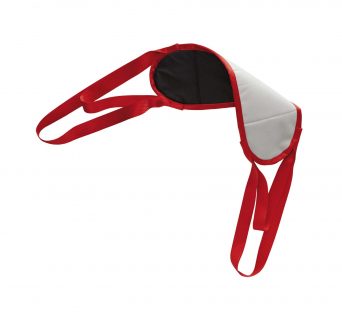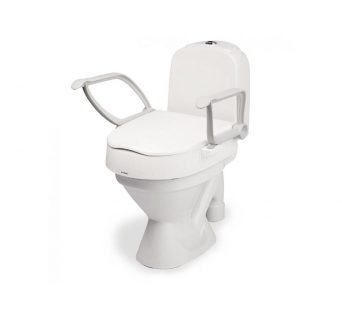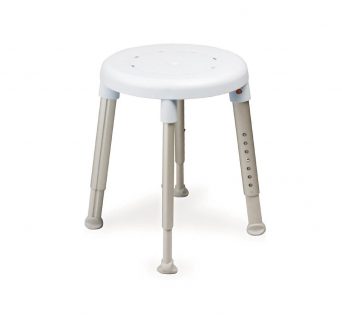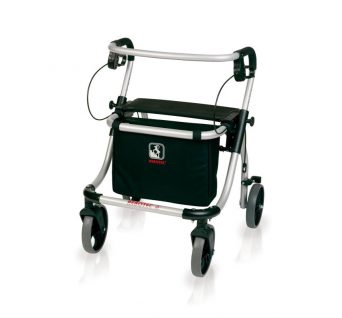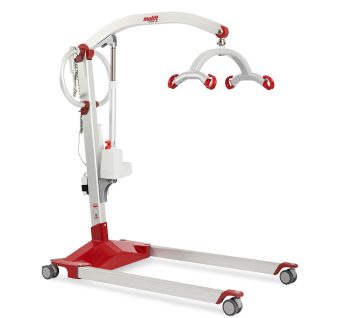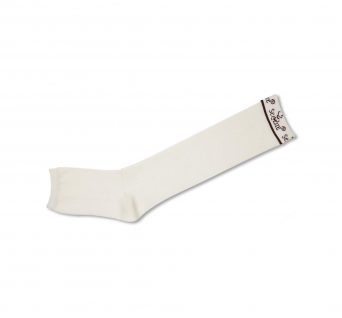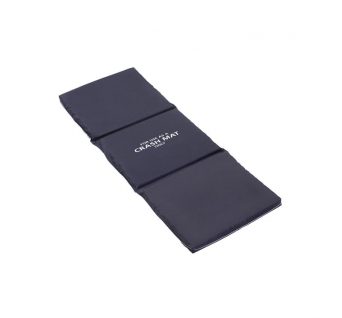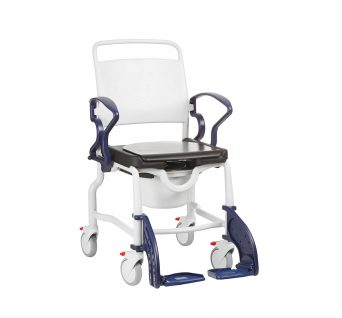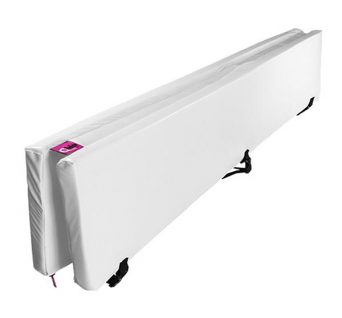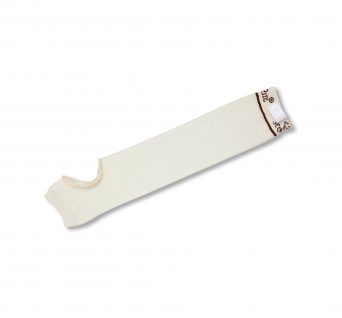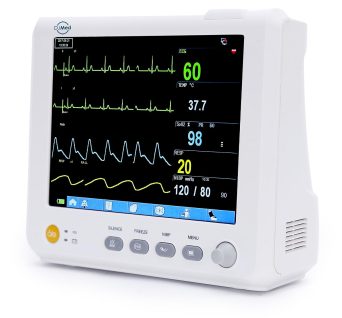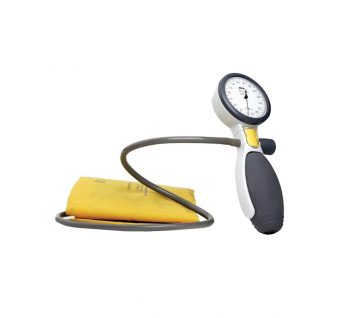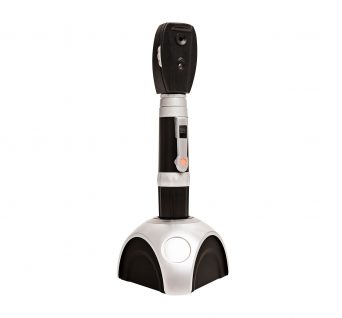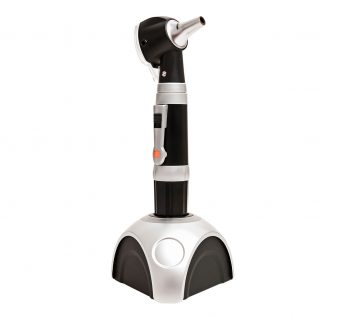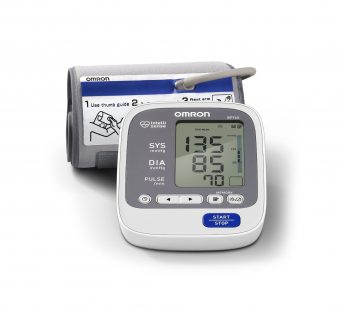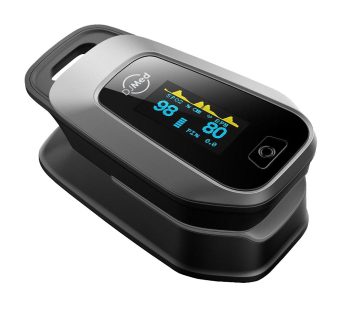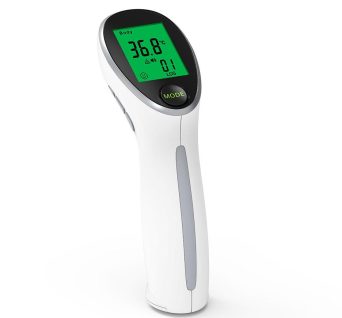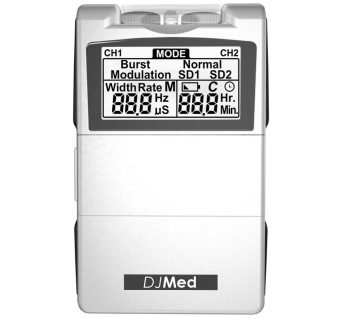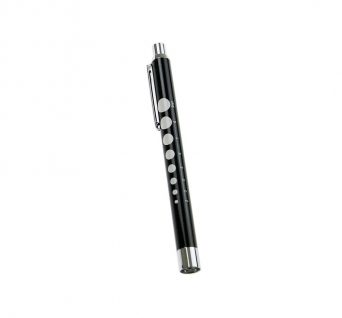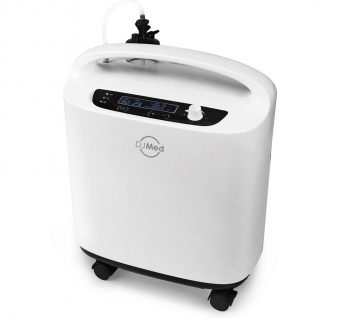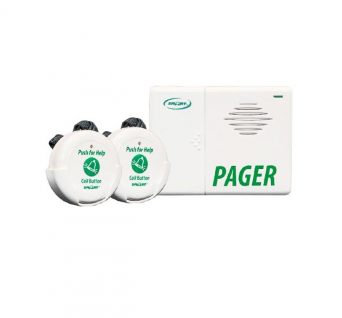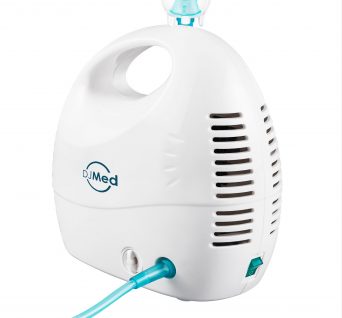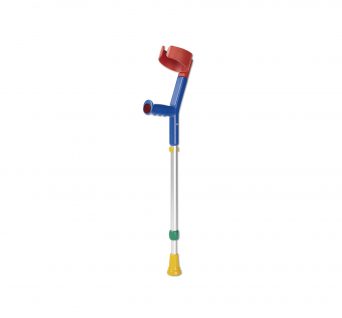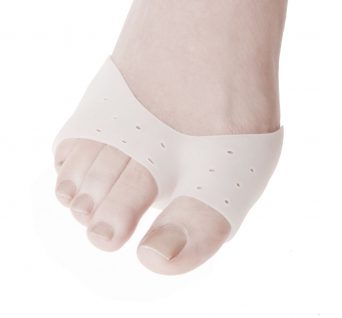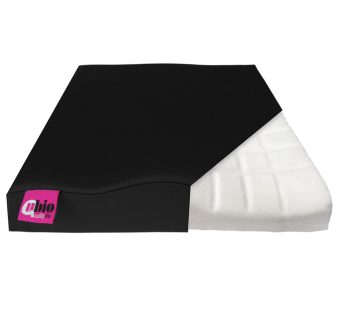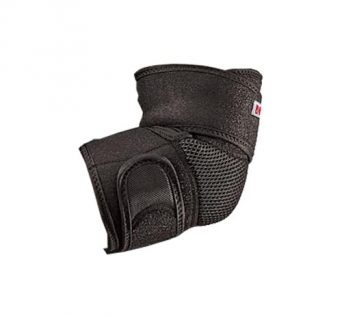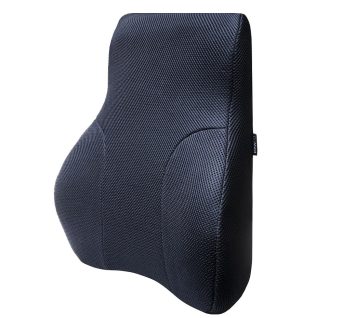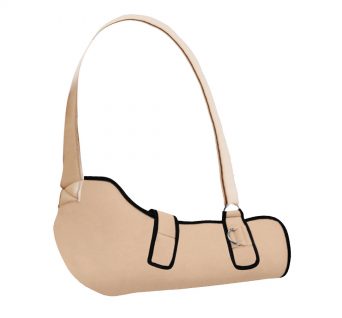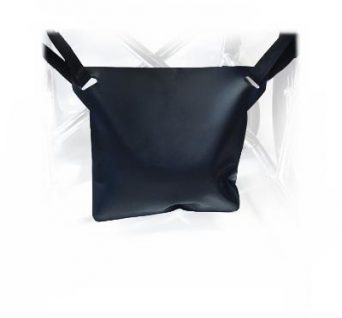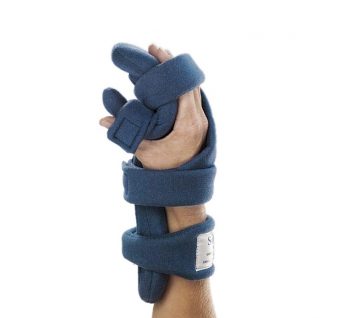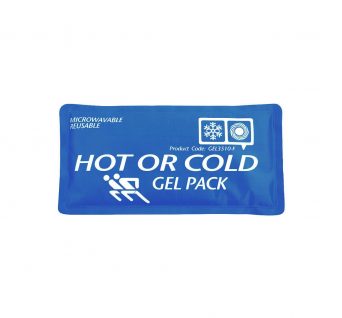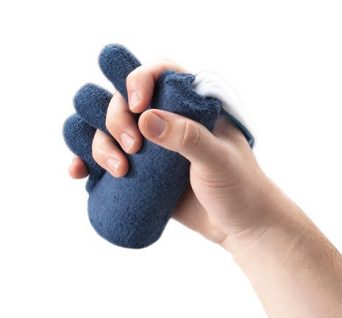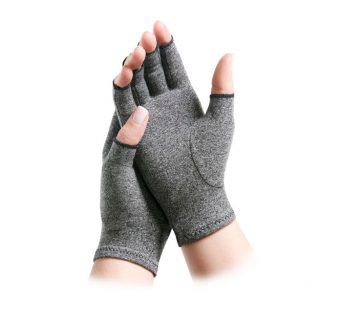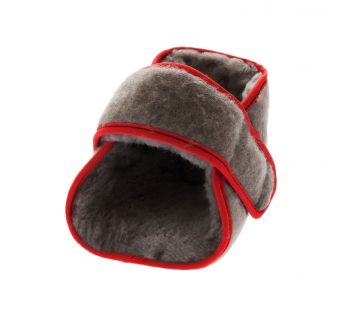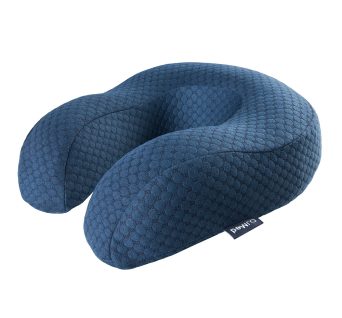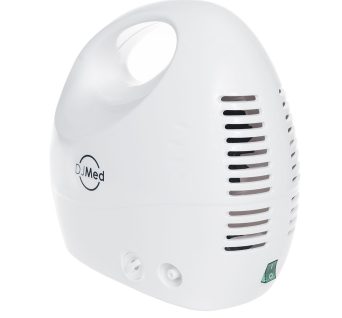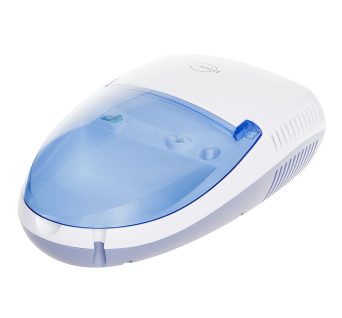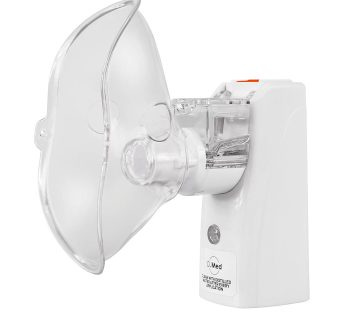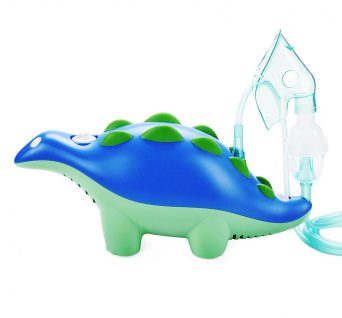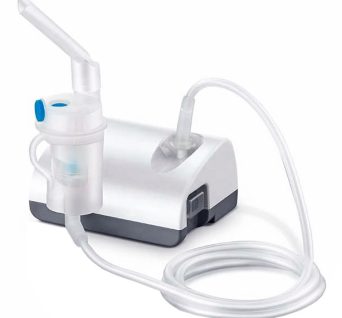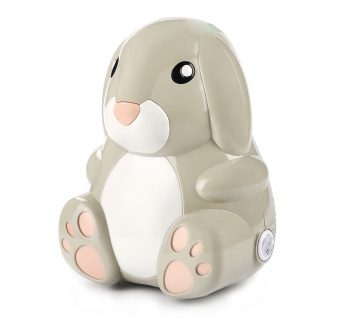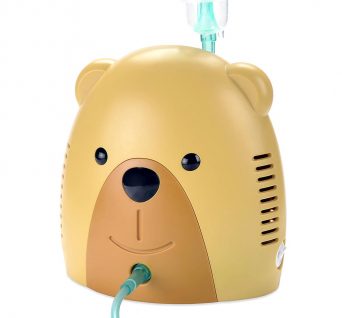No products in the cart.
Nebulisers
Showing all 7 resultsSorted by popularity
- Nebulisers
Homecare Compressor Nebuliser
Stylish compressor nebuliser perfect for facility and homecare use
DJMed homecare nebuliser from DJMed is built to treat a range of respiratory conditions: COPD, asthma, and other lung diseases.
This device produces a fine mist of droplets that contain active medication delivered into the lungs to help your condition.
The nebuliser is small, strong, and simple to use. With proper use and care, this device will provide you with many years of treatment.
Order now for a FREE delivery!
SKU: 9100023 - Nebulisers
Clinical Compressor Nebuliser
Clinical compressor nebuliser with accessory storage compartment
For patients with a respiratory illness, such as asthma, nebulisers offer a quick and effective way to find relief from their symptoms.
With the use of a nebulizer, patients can inhale their prescribed medication directly into the lungs, giving them fast relief from inflammation — and allowing them to breathe easier.
Order now for a FREE delivery!
SKU: 910024 - Nebulisers
Ultrasonic Mesh Nebuliser
Ultra quiet, rechargeable, handheld ultrasonic nebuliser.
The portable and rechargeable ultrasonic nebuliser is ideal if you need to use a nebuliser discreetly. The device offers efficient aerosol therapy without disturbing others, so you can use it in the comfort of your home, office, or anywhere else without drawing attention to yourself.
SKU: 910026 - Nebulisers
Dinosaur Kids Nebuliser
Compressor nebuliser built in to a very cool and fun dinosaur shape
A nebuliser is a machine used to change liquid medication into a vapour that you can inhale. It works by pumping pressurised air through the liquid to form a fine mist, which can then be breathed in through a mask or mouthpiece.
Designed specifically for kids to enjoy while in use. Easy to bring anywhere.
SKU: 9100020 - Nebulisers
Compact Compressor Nebuliser
Mini compressor nebuliser, light and very portable DC powered nebuliser.
The Mini Compressor Nebuliser is a DC-powered, compact and portable inhalation therapy device. Designed to cope with frequent use, it offers quick treatment times and delivers reliable aerosol therapy at a precise rate that you can trust.
Its lightweight, small and compact design makes it easy to carry around, allowing you total independence wherever you are, whether you are at work, school, or on the road.
Perfect for key applications
For the treatment of the upper and lower respiratory tract. Nebulisation of liquid medicine using compressed air technology.Micropump advantage
Significantly smaller, lighter and quieter than a full size compressor Nebuliser yet incredibly powerful and robust for its size.Efficient
Small particles as little as 4μm MMAD (within the industry’s optimal particle size range), which helps medicine penetrate to the deep lung.SKU: 910025 - Nebulisers
Bunny Rabbit Kids Nebuliser
Compact size compressor nebuliser designed as an adorable Bunny Rabbit shape
A nebuliser changes liquid medication into an aerosol, or mist, so that it can be inhaled. Nebulisers are used to deliver medication directly to the lungs, delivered where it is needed most.
This nebuliser is designed specifically for kids to enjoy while in use. Easy to bring anywhere.
SKU: 9100021
Nebulisers
A nebuliser is a medical device used to deliver medication in the form of a mist or aerosol directly to the lungs. It is commonly used to treat respiratory conditions such as asthma, chronic obstructive pulmonary disease (COPD), and other respiratory diseases. The nebuliser works by converting liquid medication into a fine mist that can be inhaled through a mask or mouthpiece. This allows the medication to reach the airways and lungs more effectively, providing rapid relief and better absorption compared to traditional oral medications.
Nebulizers are particularly beneficial for young children, elderly individuals, or those who have difficulty using inhalers or other respiratory devices. They are also useful during asthma attacks or acute exacerbations of respiratory conditions when quick medication delivery is crucial. There are different types of nebulisers available, including jet nebulisers and ultrasonic nebulisers, each with its own mechanism of action. It is important to follow the instructions provided by healthcare professionals or the manufacturer when using a nebuliser to ensure safe and effective medication delivery.
There are are several types of nebulisers available in many types, from the simple electric portable type to the pocket size battery operated mesh type as well as robust medical compressor type nebulisers. When using a nebuliser and if symptoms persist please seek medical advice. A medical practitioner should prescribed medication best suited for you. Nebulisers are used as an effective medicine delivery system, often used at emergency centres, doctor surgeries, medical facilities and in domestic settings. Above please find a curated selection of nebulisers on sale. Related: Nebuliser, Nebulizer, Inhalers, Medical Device
What is the difference between a compressor nebuliser and a ultrasonic mesh nebuliser:
The main difference between a compressor nebuliser and an ultrasonic mesh nebuliser lies in their mechanism of aerosolizing the liquid medication and some of their practical aspects. Here are the key distinctions:
Mechanism of Aerosolization:
- Compressor Nebulizer: It uses a compressor to generate compressed air, which passes through the nebuliser chamber to aerosolize the liquid medication into a fine mist. The compressed air forces the liquid medication through a mesh or small holes in the nebuliser, breaking it into tiny particles suitable for inhalation.
- Ultrasonic Mesh Nebulizer: Instead of using compressed air, an ultrasonic mesh nebuliser employs a small piezoelectric crystal that vibrates at an ultrasonic frequency. This vibration creates aerosol droplets by pushing the liquid medication through an extremely fine mesh, resulting in a mist that is then inhaled.
Noise Level:
- Compressor Nebulizer: Compressor nebulisers tend to be a bit noisier due to the mechanical operation of the compressor generating compressed air.
- Ultrasonic Mesh Nebulizer: Ultrasonic mesh nebulisers are generally quieter as they do not use a compressor and rely on ultrasonic vibrations.
Portability and Size:
- Compressor Nebulizer: These nebulisers are typically larger and less portable due to the need for a compressor unit.
- Ultrasonic Mesh Nebulizer: Ultrasonic mesh nebulisers are more compact and lightweight, making them more portable and suitable for travel.
Power Source:
- Compressor Nebulizer: It requires an electrical power source to run the compressor and aerosolize the medication.
- Ultrasonic Mesh Nebulizer: This type of nebuliser also needs an electrical power source to operate the ultrasonic vibrating mesh.
Medication Compatibility:
- Compressor Nebulizer: It can handle a wide range of medications, including both solutions and suspensions.
- Ultrasonic Mesh Nebulizer: Ultrasonic mesh nebulisers are more sensitive to the properties of the medication and may not be suitable for certain suspensions.
Cleaning and Maintenance:
- Compressor Nebulizer: The nebuliser chamber and tubing require regular cleaning to prevent contamination and ensure optimal performance.
- Ultrasonic Mesh Nebulizer: The mesh in an ultrasonic nebuliser requires proper maintenance and cleaning to avoid clogging and maintain efficiency.
Both types of nebulisers have their advantages and are commonly used for delivering respiratory medications. The choice between a compressor nebuliser and an ultrasonic mesh nebuliser depends on factors like the specific medical condition, medication compatibility, noise preference, portability needs, and personal preferences of the patient. It’s essential to follow the manufacturer’s instructions and consult a healthcare professional to determine the most suitable nebuliser for individual treatment requirements.
